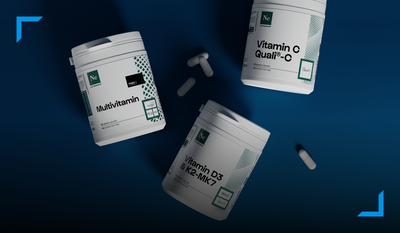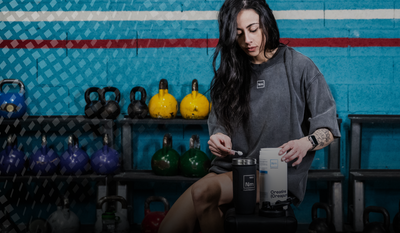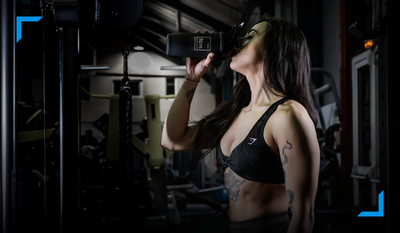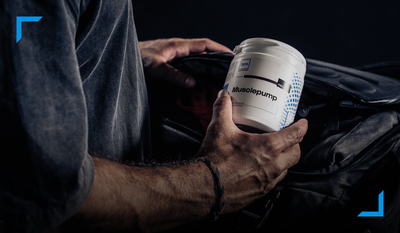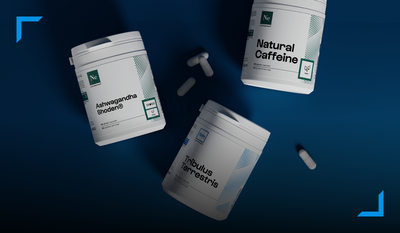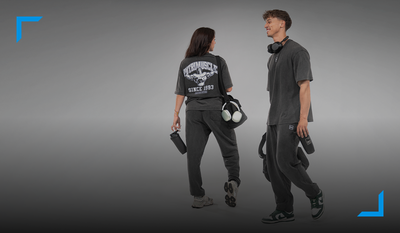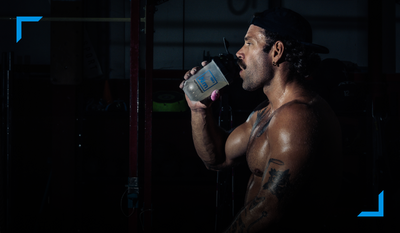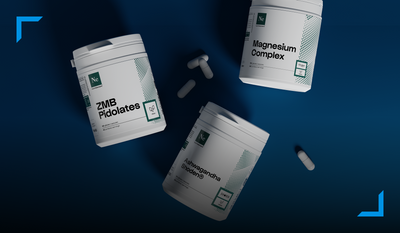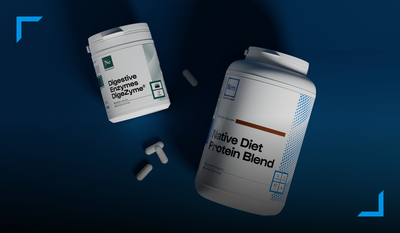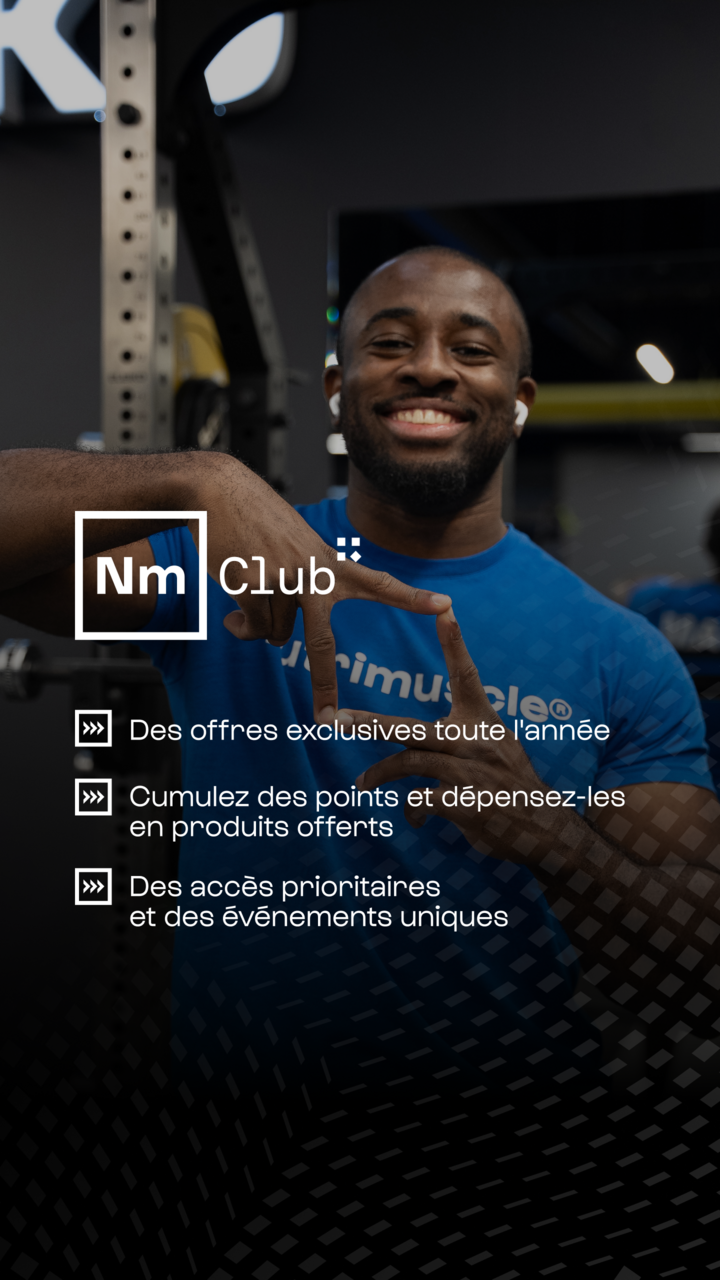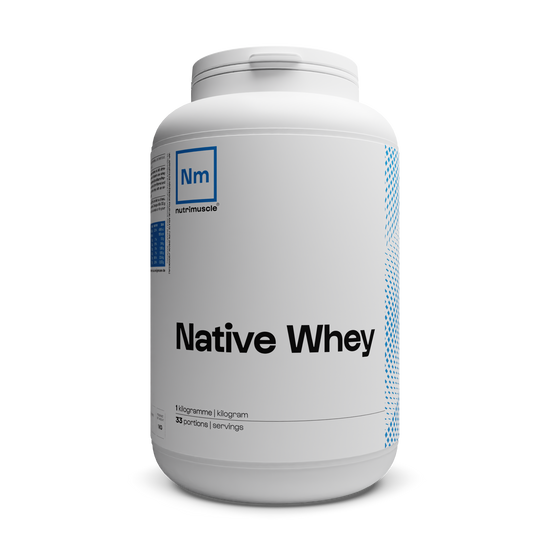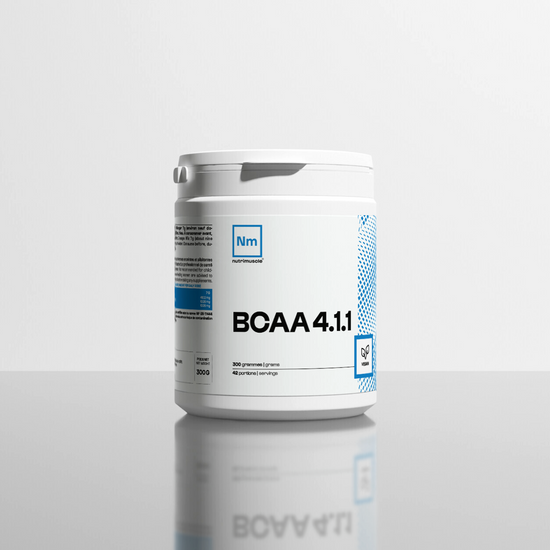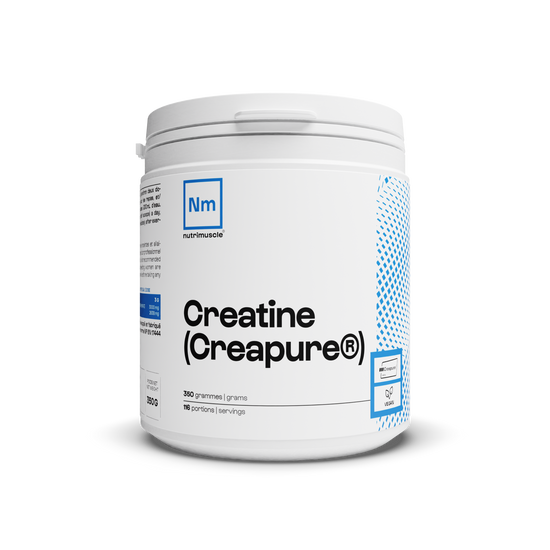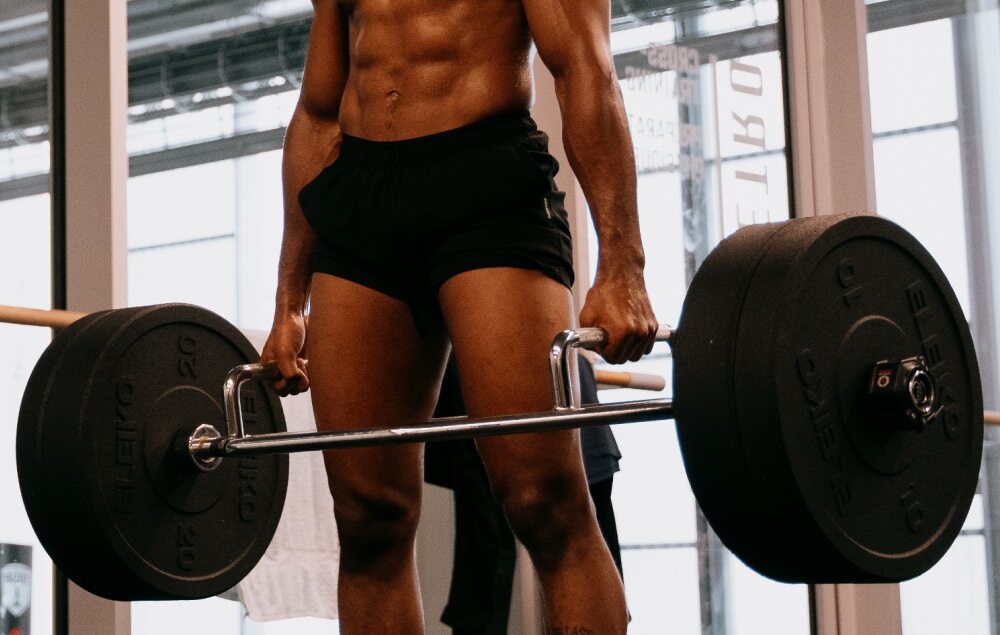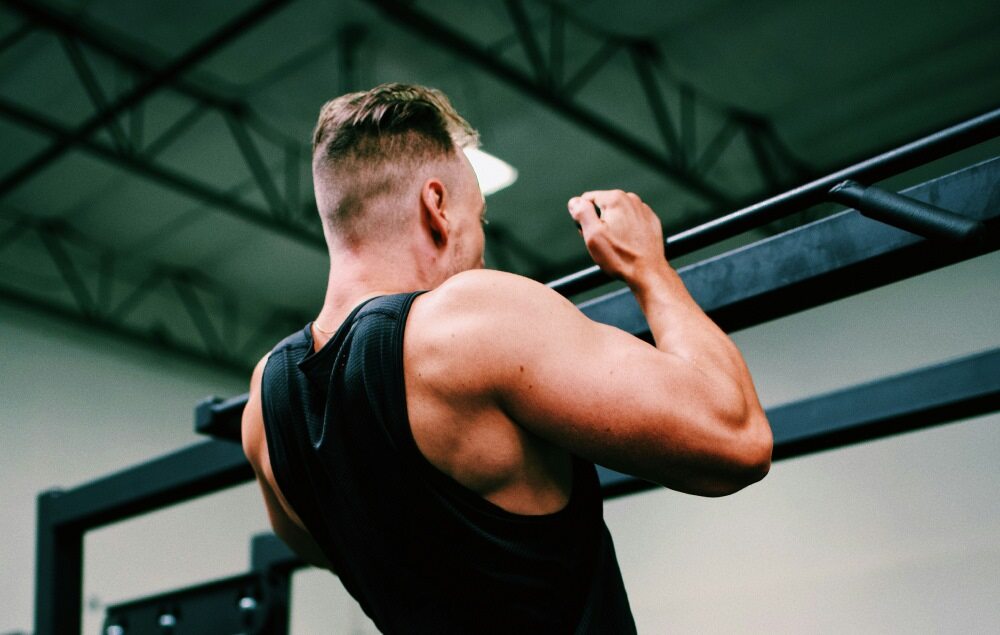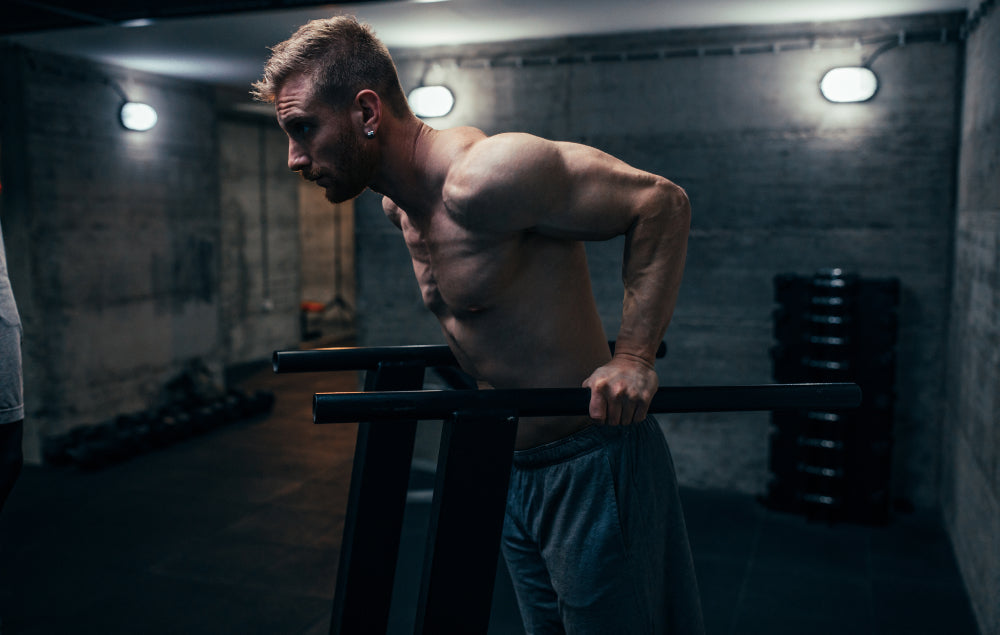0 commentaires
Bodybuilding possesses its share of received ideas. Dangerous, useless or even addictive, bodybuilding suffers from many prejudices that are still fueled today. Nutrimuscle provides an answer to five myths about bodybuilding.
1 - Bodybuilding is pumping up.
Bodybuilding is very often associated with BODYBUILDING . In the 2000s, bodybuilders presented a very muscular and massive physique during competitions. In the same year, it was observed that their bodies had become flat, completely devoid of volume. This fueled the idea that bodybuilding was “inflating”, muscles being like rubber balloons that would be able to deflate in the space of a few weeks.
This physical change is due to taking anabolic supplements, such as steroids. Taking steroids leads to significant mass gain, but stopping leads to muscle loss. However, this type of product is illegal and dangerous.
The bodybuilder who does not use this type of product gains muscle mass due to sarcomere hypertrophy and sarcoplasmic hypertrophy. Muscles contain muscle fibers, water and glycogen. So there is no air.
2 - Bodybuilding is dangerous for young people.
There is a widespread belief that you have to finish growing before you start bodybuilding. This sport would be likely to damage the body of children and adolescents and alter their physical growth.
It is true that giving the deadlift to a 10-year-old child is dangerous, and strongly discouraged.
However, strength training supervised by a competent professional does not slow the growth of children and young adolescents. At this age, the body is getting stronger and bodybuilding improves mobility, motor functions and allows you to become aware of your body in space.
However, we recommend weight training only at body weight for children and short sessions (maximum 30 minutes) supervised by a competent professional. Teenagers can work with light loads or rubber bands, always accompanied by a sports professional.
3 - Women should not do bodybuilding otherwise they will become too muscular.
A very common myth is that women should not train too much, otherwise they will become too masculine.
The muscular development of a male body and a female body is not the same. Indeed, women do not produce as much testosterone as men.
Even in mass gain, an amateur practitioner will not develop a bodybuilder's physique. For this, you need an intense training routine and a suitable diet. There is therefore no risk of turning into a bodybuilder for bodybuilding practitioners.
It is also common to hear that women should not perform certain weight training exercises, such as the bench press, which mobilizes the pectoral area. This is false: there is no more risk of developing a bodybuilder build by performing these targeted exercises.
4 - If you stop training, your muscles will turn into fat.
Fat and muscle are two different tissues. Fat does not turn into muscle and, conversely, muscle does not turn into fat either, even if you stop training. It is possible to lose muscle mass or lose weight, but muscle does not turn into fat.
5 - You have to train every day to get results.
Chaining workouts allows you to develop your discipline, but not your muscles.
Going to the gym several times a week is encouraged, but rest is just as important as training. Poor recovery affects results and performance: it is therefore better to favor a complete recovery. The muscle fibers have time to repair themselves and strengthen the muscles and this way you will get better results.
Did you like this article? Discover the 5 myths about food supplements !




